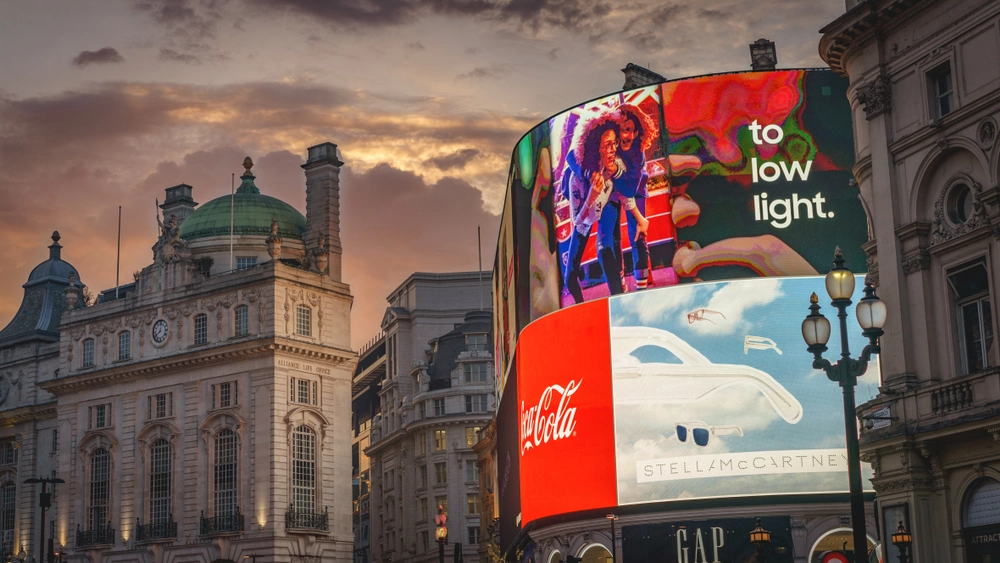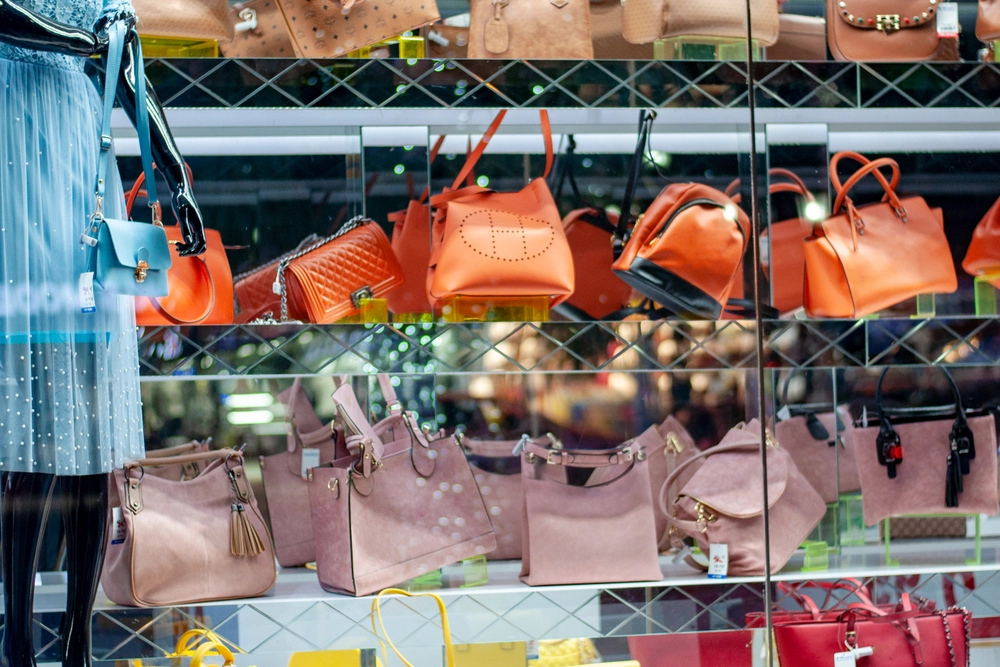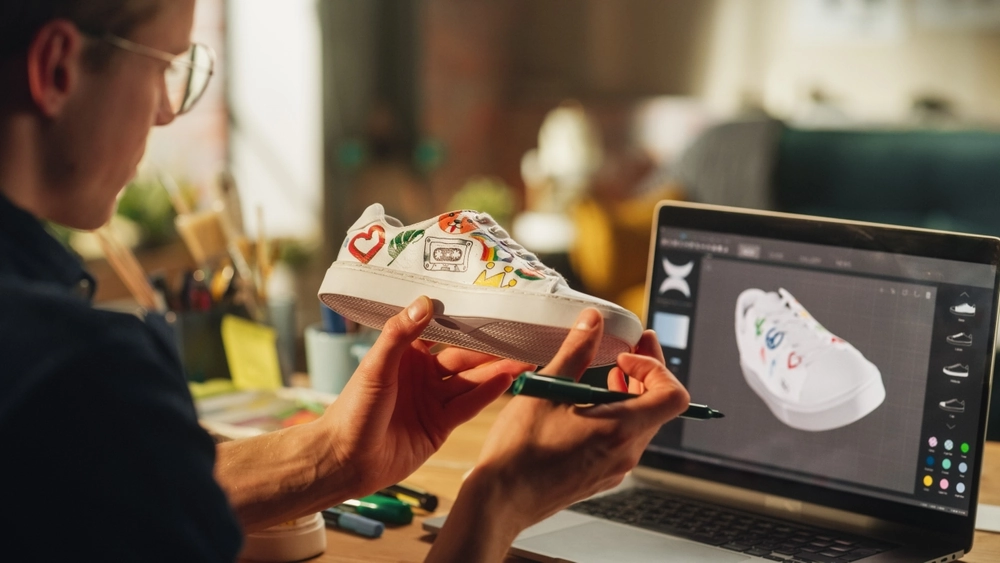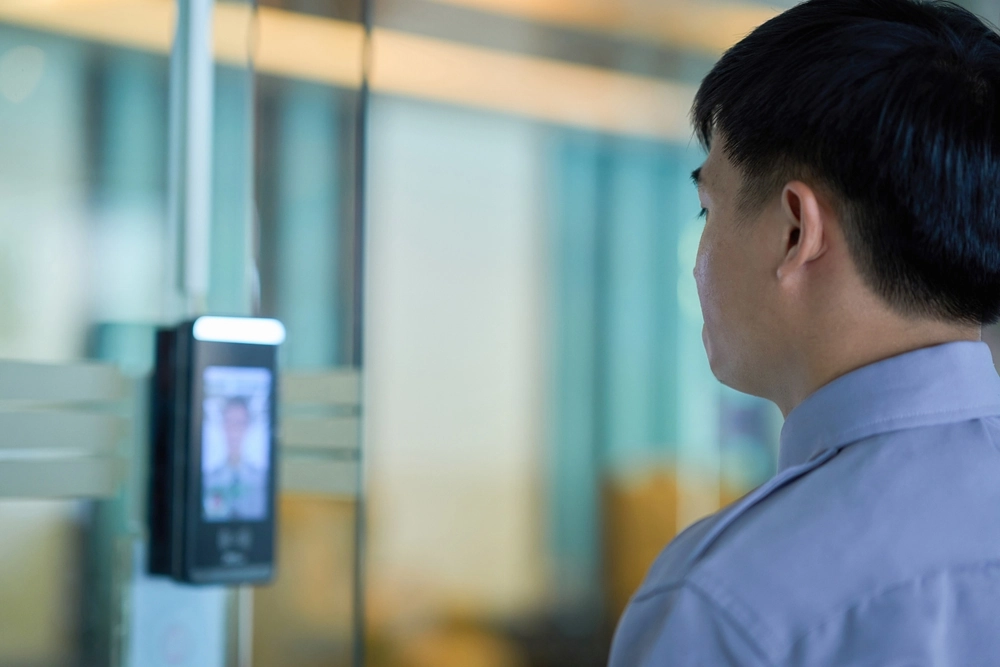
Retail Reduced – June 2025

By Hannah Duke, Elin Bebbington, Ella McCarthy, Brighton Dube
30 Jun 2025 | 1 minute read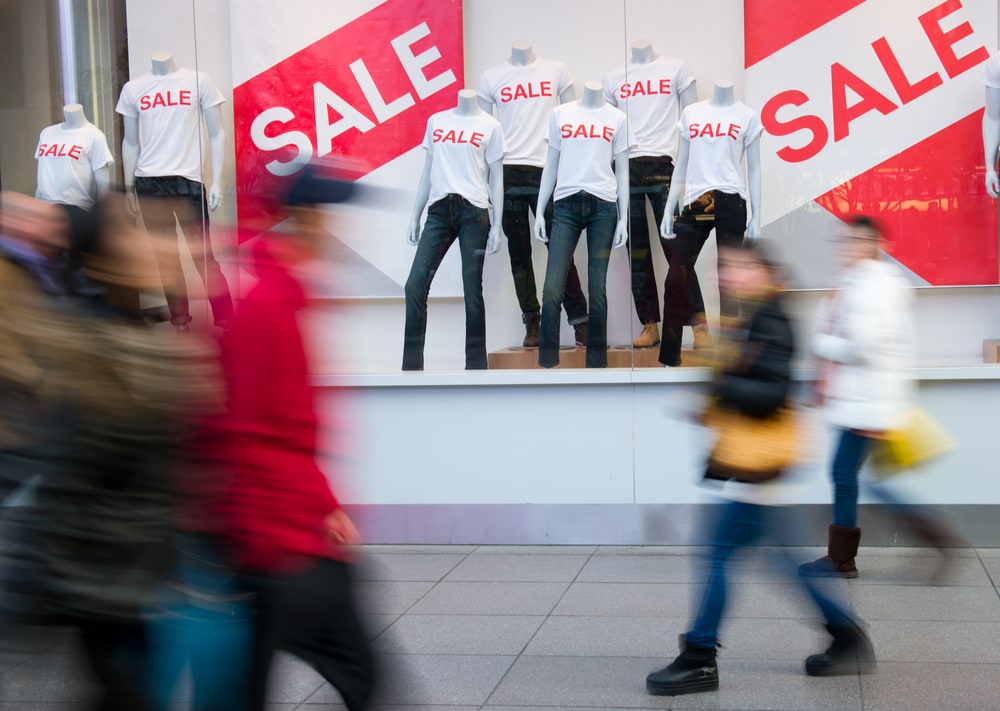
In this month’s Retail and Consumer Trends Review, we explore the strategies for attracting and retaining top retail talent, the keys to successful retail media, and the transformative impact of AI and automation on British retail.
Trends in the Retail Sector in June 2025
Managing and retaining talent is a hurdle for retailers. In a modern, disruptive and competitive market retailers need to use a combination of technology and HR strategies for talent management to ensure they are getting the most out of existing employees and hiring people with values that align with the business. Talent management involves using workforce data to identify current strengths, future needs, and key individuals who add the most value to the organisation. Retail is fundamentally based upon ‘customer service’, and therefore the influence of customer facing employees cannot be understated. The Retail Bulletin outlines helpful strategies for Talent Management in the retail industry; the key takeaways are outlined below:
A robust talent strategy aligns recruitment, onboarding, and development with business goals – ensuring consistency and long-term success. Retailers need to stand out in their offerings, ensuring that potential future employees feel both comfortable and excited by the prospect of working at this specific retailer. Standing out from similar brands can be a struggle, but Foot Anstey’s Refreshingly Human Employment Contracts can be one way to underline that your business truly is employee-centric and prioritises employee health and wellbeing.
A sharp focus on Career Advancement initiatives:
By creating a clear career development program that supports growth and helps retain top-performing employees, retailers can capitalise on talent from within and keep employees motivated and on track. Similarly, reducing ‘talent hoarding’ by using internal job postings and collaboration, ensures that employees can picture and imagine their own growth trajectory.
Using and training employees on the latest technology:
It’s not only key to utilise AI and social media as recruitment tools to reach a broader audience, but the latest technology can be utilised to make employees more efficient and effective at their own workload (subject always to complying with ever-developing AI regulations).
Strengthening your Employee Value Proposition:
Emphasising feeling safe at work, employee wellness, work-life balance, and overall satisfaction are important ways to harbour high levels of productivity. Violence and abuse against retail staff increased by 50% in 2023 and sadly shows no sign of slowing down. Statistics such as these show the importance of protecting employees in the workplace. Our Retailers Against Harassment Certification is a proactive step toward creating safer, more respectful retail environments. By tackling the rise in workplace harassment and promoting a culture of care, this initiative helps businesses protect their teams and build trust.
Retail media is a powerful way to simultaneously grow profits for big name retailers as well as big name brands. Retailers are not only offering advertising opportunities, but many now provide extra services including data analytics, self-serve advertising platforms, campaign management assistance and more. Here at Foot Anstey, we advise businesses around how best to use their current and prospective customer databases, whilst ensuring that retailers are compliant with the latest data protection regulations. This helps retailers broaden the reach of advertising and retail media campaigns whilst remaining within the ever-moving confines of data protection and marketing regulations. Retail media’s greatest ‘flex’ is that it can robustly track offline sales against online and multichannel marketing – something that fast-moving consumer good marketers have been unable to do for years. According to Nectar 360, the number one question they have received from retail clients is “how do I structure my teams for this”.
Nectar 360’s key pointer is to install a head of retail media. This results in a centralised setup and ensures that both an ‘in-store’ and ‘e-commerce’ approach are streamlined together. 85% of sales still happen physically in a store, which leaves the remaining 15% to occur online. Yes, a large majority of sales are made in person, but with the growing reliance on technology retailers would be wise to tackle retail media as one cohesive beast, rather than having a separate ‘set-up’ for in person and online purchases. Nectar 360’s recommendation focuses on a centralised retail media setup. This thrives when led by a specialist who can connect shopper insights, e-commerce, and media teams—turning complexity into clarity. Success often hinges not just on structure, but on having the right person in place. It is further suggested that the head of retail media needs autonomy and with this comes their own budget and freedom. This extra level of control will lead to the creation of a retail media focused structure within the existing marketing, media and agency framework.
As retail media rapidly evolves, now is the time to embrace its potential. As retail media expert Andrew Lipsman puts it, “retail media is the future of all media”. Staying ahead means mastering emerging technologies and seizing the future of advertising in retail.
The integration of automation and AI is rapidly transforming the UK retail landscape, reshaping how consumers shop and how businesses manage their operations. This technological shift, driven by consumer demand for speed and convenience is notably evident in Tesco’s experimental GetGo model.
Tesco’s GetGo outlets exemplify how AI is changing the traditional retail friction. GetGo stores employ advanced computer vision and sensor technology to enable a fully checkout-free experience, with the strapline ‘No scanning. No checkouts. No queues’ summing up the customer experience. Customers enter simply by scanning a QR code from their Tesco app, picking up items from shelves as usual and then exiting the store without visiting a single till. Behind the scenes, sophisticated systems automatically track purchases and then deliver a receipt to customers soon after the shopping is complete.
The GetGo store model is clearly designed to expedite the shopping process and save busy customers the headache of queues and technical issues at self-checkout machines. However, the extent of automation invariably raises important questions about the displacement of established roles in supermarkets and whether replacing the ‘buzz’ of supermarket trips with a clinical grab-and-go model is what most consumers will prefer in the long term.
The appeal of automated storefronts to retailers is clear. With recent pressure on retailers to foot a larger national insurance rate adding to existing overheads, providing employment has become more expensive. This may prompt retailers to consider turning to machines to deliver the same result; namely, customers leaving the supermarket with a bag full of shopping. It is well established that retail staff offer personal interaction, build genuine customer relationships and offer nuanced assistance that consumers value tremendously. Whether automation can overcome this remains to be seen.
Tesco’s GetGo model represents one facet of a broader industry evolution towards leaner, customer-centric retail. As Tesco’s GetGo experiment continues and more data on the automated retail model is gathered, it will become clearer whether consumers remain conservative in sticking to retail as they know it or if they gravitate to the leaner approach offered by the GetGo model.
Department stores are reinventing their high street relevance with a stylish twist in the rent-the-look model. The value proposition is clear: why commit to a purchase when you can access high-end fashion for a fraction of the cost, wear it once or twice for special occasions and then return it without the burden of ownership? The rent-the-look model largely relies on consumers browsing a curated range of occasion wear, selecting pieces for a fixed period and returning them post-wear in good condition.
Among the standout examples of a rent-the-look model is Selfridges partnership with the rental platform Hurr, which hosts a concession boutique in Selfridges store on Oxford Street, London. The concession allows customers to rent high-end designer pieces in-person, bringing the convenience and immediacy of physical retail to a model more usually confided to online platforms. Hurr founder Victoria Prew shed some light on the Hurr business model, stating ‘we’re peer-to-peer, so our model is akin to an Airbnb model in which we connect lenders and renters‘, with the ability for people to ‘monetise their wardrobes‘ and to ‘rent from other peoples’ wardrobes for a fraction of the retail price!’.
Rent-the-look today is truly multimodal, bridging in-store concessions, online marketplaces and even offering on-demand delivery options. Case in point is Hurr’s partnership with Deliveroo, allowing Londoners to select pre-loved designer pieces that are then delivered to customers as easily as a takeaway. This on-demand offering merges fashion rental with the ease of food delivery that consumers are used to, only the parcels arriving at their doorstep will contain high-end designer wear instead. It’s a seamless integration that positions rent-the-look as a suitable solution to meeting last-minute needs.
More than a fashion statement, rent-the-look signals a fundamental shift in retail strategy. Department stores, long criticised for waning footfall, are being rejuvenated through partnering with rent-the-look brands offering creative solutions to customer needs. By expanding the sharing economy through in-store concessions and integrating on-demand delivery, rent-the-look offers consumers both novelty and a more sustainable way of engaging with fashion.






















































